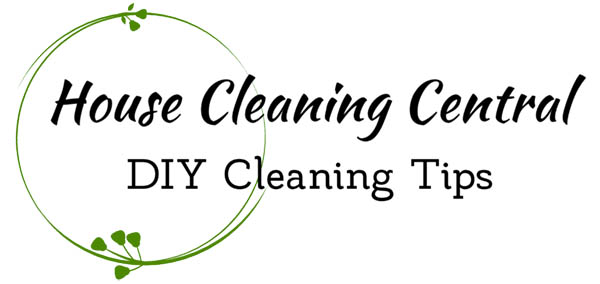How to Clean Wood Floors

Wood Floor Cleaning Tips
Dirt, sand and grit are the primary enemies of hardwood floors.
Those common household ingredients—especially if you have kids around, act as a deadly sandpaper on that lovely caramel colored finish that you worked so hard to pick out.
Sweeping, vacuuming and dust mopping are essential to maintaining your floors in great shape.
Daily sweeping, vacuuming and dust mopping in active households wouldn’t be too often.
Brooms with ends that have frayed tips are the best for picking up bits of sand and dirt on the floor.
Dust mopping is effective as well. If you use a spray on the mop head, it is advisable to spray the mop head the night before for added effectiveness.
Types of Wood Floor Finish
There are two types of finishes: surface finishes and penetrating seals.
Determining the type of seal will help you determine how to maintain your floors. Surface finishes include polyurethane (the most common), water based polyurethane (second most common), prefinished floors, and catalyzed. Penetrating seals includes oil finishes, acrylics and waxes. Surface finishes are usually shiny finishes and penetrating seals are generally satin or matte.
Most hardwood floors are made of either oak or maple for their color and quality. Ash, beech, cherry, hickory and walnut are also commonly used.
Never, ever use ammonia on either of these finishes! Ammonia will weaken, soften and whiten the finishes on wood floors. Bleach is another chemical you will want to avoid putting on your wood floor.
Removing Wood Floor Stains
When working on stains on your hardwood floor, be sure to work from the outside in so that you don’t spread the stain any further out.
When you are assessing your stains, remember that you are looking at the difference between fixing the wood and fixing the finish. This decision will make a big difference in how you go about attacking the stain.
The following special stains have special techniques/methods of removing the stains.
Water stains
Use No 2 steel wool to sand spot and re-wax area. For darker stains, you may have to strip further down, clean with mineral spirits and refinish. Worst case, you may have to replace the board.
Cigarette burns:
Use steel wool to sand spot. Clean with mild soapy water (use something like Dove ™ dish washing liquid).
Heel marks/ Scuff marks
First try rubbing an eraser, a plain tennis ball or a Mr. Clean Magic Eraser on the scuff or heel mark. If you use the Magic Eraser, you only need to apply a small amount of pressure to the sponge, rinse thoroughly when you are finished and dry the area of the floor you’ve cleaned.
As a last resort, you can try to use fine steel wool but don’t use a lot of pressure and sand too deep. (test first in an inconspicuous place.)
Clean with a basic floor cleaner that is recommended by the manufacturer of your wood floors. Wipe area dry and polish.
Ink and other dark spots
This one will just have to be sanded away and refinished. If the stain remains after that, now is the time to drag out the replacement boards.
Chewing gum and wax stains
First get off as much as you can by scraping without spreading the stain any further. One way to ensure this is to work from the outside in. After, fill a zipper bag with ice and place on the gum or wax and leave on sufficient time to freeze. The gum or wax should pop right off. If it doesn’t, try putting a cleaner over the gum for about 20 minutes. The cleaner will seep under the sides of the gum and allow it to pop off. If all else fails, this is another case where the board may have to be replaced.
Alcohol
Apply a liquid or paste wax to the alcohol and shine away. Alcohol will only make a dull spot on the wood so a good polish should take care of that.
Hardwood Floor Stains
For repairs or stains on the actual wood, replacement is usually the only option. There are some instances where smaller gouges, holes, burns etc in the actual wood can be repaired temporarily by using a wood putty in the same color as your wood floor. These putties can be found at your local hardware store.



